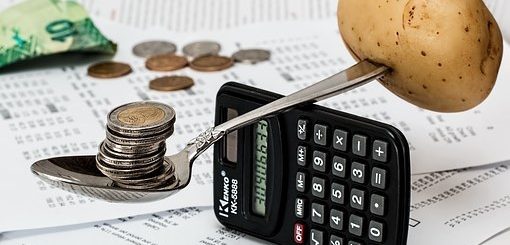How to rev up your KiwiSaver savings – Part 3
When dealing with money, determine your personal comfort zone
In Part 2 of this series we looked at the importance of determining your investment timeframe as a first step towards making the most of your KiwiSaver account.
The objective now is to figure out what type of fund to look for, from a ‘risk’ perspective.
What does ‘risk’ mean to you?
The idea of ‘risk’ is a challenging concept. ‘Risk’ means different things to different people. Here’s an example to illustrate the same.
Colin, Bridget and Amy all invest a $1,000 each buying shares of the same company. The risk involved with this investment may be perceived very differently from each of their perspectives.
For Colin, the ‘risk’ involved is the fact that the share price may rise only by 1% over the 3 years, whereas if he put the money in a bank term deposit he would earn around 3% each year. His view of risk is the fact that he may miss out on the opportunity to earn a bigger return.
For Bridget, the ‘risk’ involved in the same investment is that the share price falls below what she bought it for and at the end of three years she ends up with less than $1,000. Her view of risk is that she may have to take a loss on the capital she invests.
Amy on the other hand views the ‘risk’ involved with the investment as being the wild swings in the price of each share. In the first year the price is up 12%, in the second year it is down 20% and in the third year it is up again by 7%. In her view the risk is the unpredictability of returns.
So, what does risk mean for you? Is it loss of capital? Is it unpredictability of returns or is it the opportunity cost of not investing elsewhere?
Pick those funds that have a risk profile you are comfortable with. Here’s how to identify that. All funds invest into various types of assets, each with different levels of risk.
Understanding risk
Some funds may invest only in one type of asset, say for instance, only in shares of global companies. These single asset funds are called ‘sector’ funds. With sector funds, your fortunes will be determined by how that type of asset behaves over a period of time. So if the type of asset a sector fund invests in goes up in value, the Fund will perform well, meaning you enjoy a bigger return. When that type of asset performs badly, the Fund will perform poorly as well.
Other funds invest in a mix of different types of assets. These are called ‘diversified’ funds. Typically, these funds invest in a mix of shares, bonds, property, term deposits etc. Different types of assets react differently to economic and market conditions. As a result, at any point in time the diversification across multiple assets means that both the risks and returns for such Funds will be balanced out.
Even within the same category of diversified funds (say Conservative funds or Growth funds, for example) the allocation to each type of asset will differ depending on the manager’s view of how that asset may perform in the future. Have an awareness of how your Fund allocates across different types of assets. You can find out more about your Fund’s allocation to each type of asset by clicking on “More Details” against each Fund on the fund comparison page here.
Be wary of choosing funds simply by their name. Look through to what ‘types’ of assets they are invested in.
It is also good to be aware that the risk you are ‘willing’ to take may have no relation to how much risk you ‘should’ be taking or how much you can ‘afford’ to take. But, that’s a topic for another blog!


